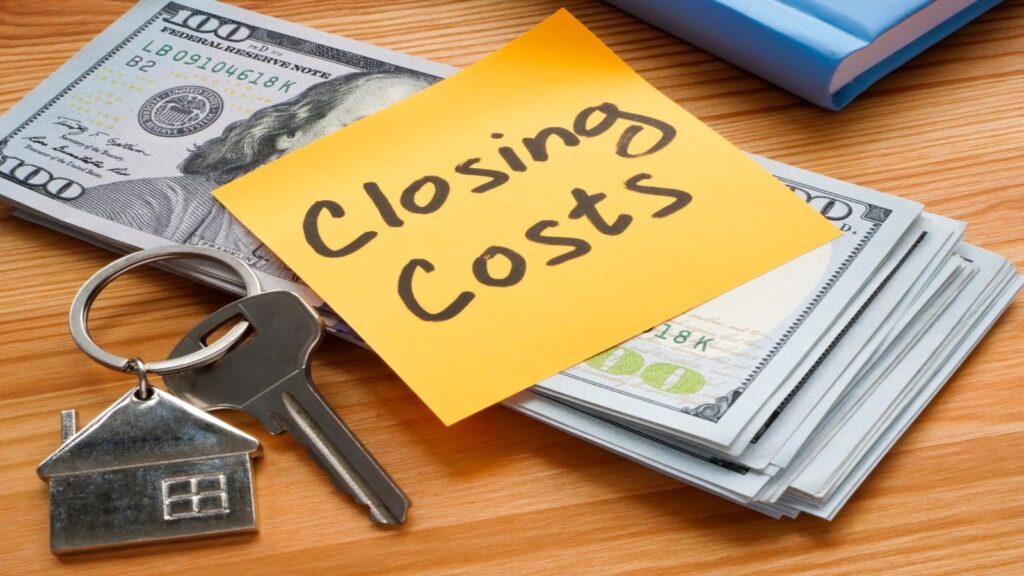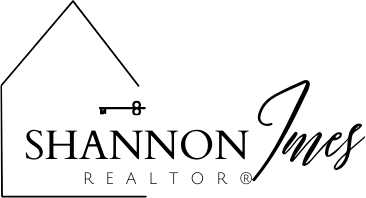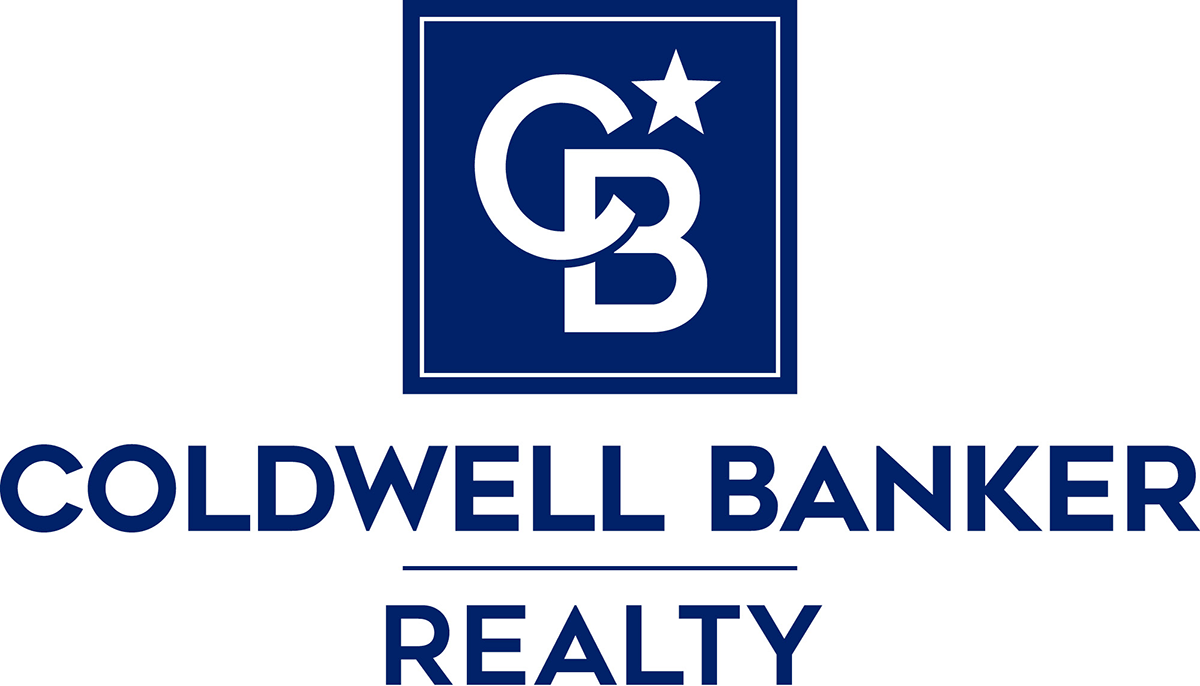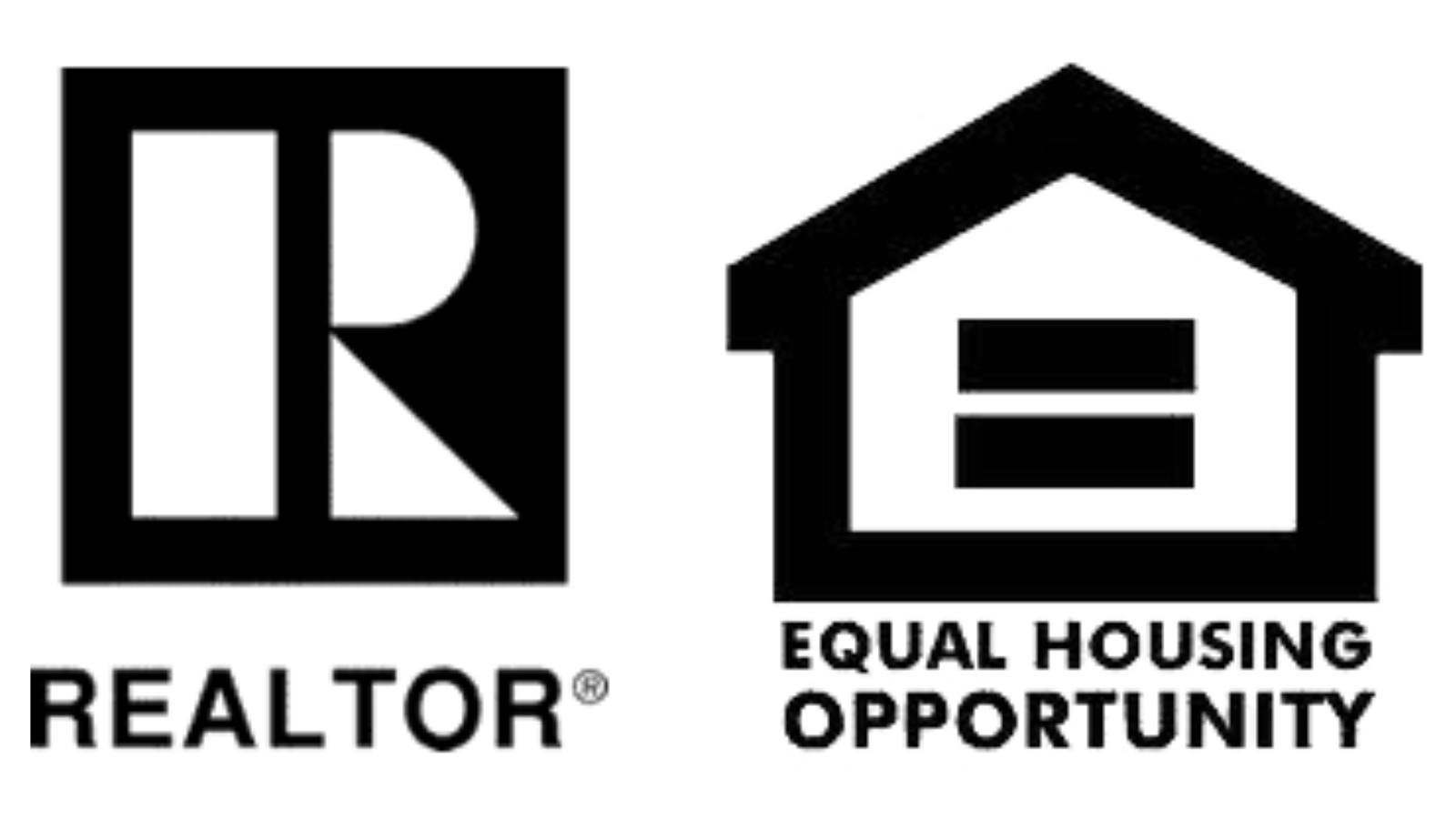Purchasing a home is an exciting milestone, but it comes with a financial commitment that extends beyond the asking price. Knowing the full scope of expenses involved can help you budget wisely and avoid surprises. From upfront costs to ongoing responsibilities, understanding what to expect ensures a smoother journey to homeownership.

The Down Payment and Its Impact on Your Purchase
The down payment is a pivotal cost in buying a home. It represents a percentage of the home’s purchase price that lenders require upfront to secure the mortgage. Conventional loans often demand 5% to 20%, while FHA loans allow for as little as 3.5%. The size of your down payment can influence loan terms, monthly payments, and whether you’ll need private mortgage insurance (PMI).
A larger down payment offers long-term benefits, including reduced interest costs and lower monthly payments. However, it’s important to maintain a balance. Overextending to meet a higher percentage could leave you financially strained for other necessary expenses.
First-time buyers may qualify for assistance programs or grants that ease the burden of a hefty down payment. Researching these options early can expand your possibilities. Establishing a dedicated savings plan for this expense ensures you’re prepared without compromising your financial stability.
Ultimately, understanding how the down payment fits into your budget is crucial to setting realistic goals and effectively navigating the home-buying process.
Closing Costs and Their Role in Finalizing the Sale
Closing costs cover a range of fees required to complete a home purchase. These costs typically amount to 2% to 5% of the home’s price, paying for services like appraisals, home inspections, title insurance, and lender charges. Additionally, prepaid expenses such as property taxes and homeowners insurance are usually collected at closing.
The breakdown of closing costs depends on your loan type, location, and specific transaction details. Knowing these fees allows you to plan better and avoid last-minute surprises. Reviewing your lender’s Loan Estimate, which outlines estimated closing costs, helps you understand what to expect.
Some closing costs may be negotiable. Buyers can sometimes ask sellers to cover certain expenses, particularly in slower markets. This strategy can reduce upfront costs, leaving more flexibility in your budget for other needs.
Properly accounting for closing costs ensures a smoother transition to homeownership. Being informed about these fees not only helps you plan financially but also reduces stress when finalizing your purchase.
Mortgage Insurance and Protecting Your Lender's Investment
Mortgage insurance is required for buyers with a down payment of less than 20%. This insurance protects the lender if the borrower defaults on the loan. Private mortgage insurance (PMI) is the standard for conventional loans. FHA loans require a mortgage insurance premium (MIP), which includes both upfront and ongoing costs.
PMI costs vary based on factors like credit score, loan size, and down payment percentage. These fees are typically added to your monthly mortgage payments, increasing your housing expenses. FHA loans, while accessible to buyers with lower credit scores, come with both an upfront premium and an annual charge.
One advantage of conventional loans is that PMI can be canceled once you reach 20% equity in your home. Refinancing or paying extra toward the loan principal can help achieve this milestone sooner. FHA loans, however, often require refinancing to remove MIP.
Mortgage insurance is an added expense, but it enables buyers to enter the housing market without waiting to save for a larger down payment. By carefully evaluating your loan options and long-term plans, you can minimize this cost and manage your finances effectively.
Property Taxes and Their Role in Homeownership
Property taxes are a recurring cost that all homeowners must budget for. Local governments assess these taxes based on your property’s value and the tax rate in your area. The revenue funds public services like schools, emergency services, and infrastructure, making them a vital community contribution.
When acquiring a residence, property taxes are typically incorporated into your monthly mortgage payment via an escrow account. Your lender collects these payments and disburses them to the appropriate authorities. While this simplifies the process, changes in property values or tax rates can impact your monthly costs.
Property taxes vary widely depending on location. High-value areas often carry higher tax rates, so researching neighborhoods beforehand can provide a clearer picture of your ongoing expenses. Some states offer exemptions or tax relief programs for certain buyers, such as first-time homeowners or veterans, which can help lower the burden.
Budgeting for property taxes ensures you’re prepared for this ongoing expense. Understanding your local rates and staying informed about changes can help you anticipate costs and manage your finances effectively.
Homeowners Insurance and Protecting Your Investment
Homeowners insurance is a crucial part of homeownership, protecting against risks like fire, theft, or natural disasters. Most lenders require proof of insurance before approving a loan, making it an unavoidable expense.
The cost of homeowners insurance depends on factors like your home’s location, size, and value. For example, homes in areas prone to floods or hurricanes may require additional coverage, raising premiums. Shopping around for policies and comparing coverage options can help you find the right balance of cost and protection.
Bundling homeowners’ and auto insurance can result in discounts. Improving home safety, such as installing smoke detectors or a security system, may also reduce premiums.
Comprehensive coverage is key to protecting your investment. Reviewing your policy regularly ensures it meets your needs as circumstances change, keeping you prepared for unexpected events while managing costs.
Maintenance, Repairs, and the Ongoing Costs of Ownership
Owning a home involves ongoing maintenance and the potential for unexpected repairs. Routine tasks like lawn care, gutter cleaning, and HVAC servicing help preserve your property’s value but require consistent budgeting. Professionals advise allocating 1% to 3% of your home’s value each year for maintenance and repairs.
Unexpected repairs, such as fixing a leaky roof or replacing an appliance, can quickly strain your finances. Building an emergency fund for these expenses ensures you’re prepared for surprises without disrupting your budget.
Older homes or properties needing updates may require more significant investments. Renovations or upgrades, while adding value, can also be costly. Planning these projects carefully and prioritizing essential improvements helps manage costs over time.
Regular maintenance proactively reduces the risk of incurring significant costs. By addressing minor issues promptly, one can prevent them from developing into more extensive and expensive repairs. Budgeting for upkeep and planning for unexpected expenses are essential to enjoying the benefits of homeownership without financial stress.
Get Ready for Your Next Step in Homeownership
Buying a home involves more than the purchase price. Understanding all costs, including down payments, closing costs, taxes, insurance, and maintenance, helps you make informed decisions. When you’re ready to move forward, seek expert guidance to find a home that fits your needs and budget.


